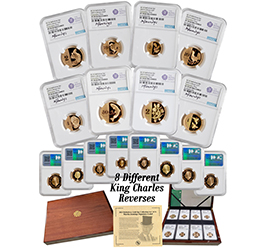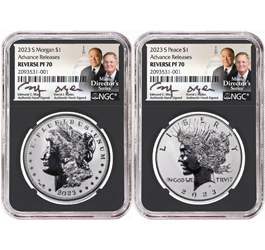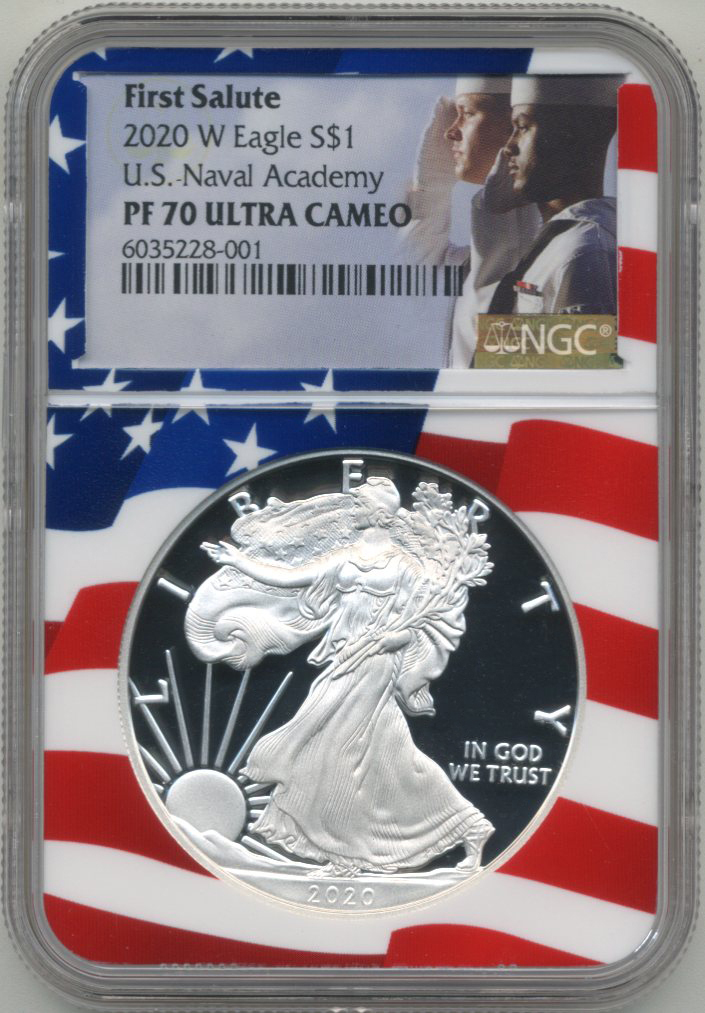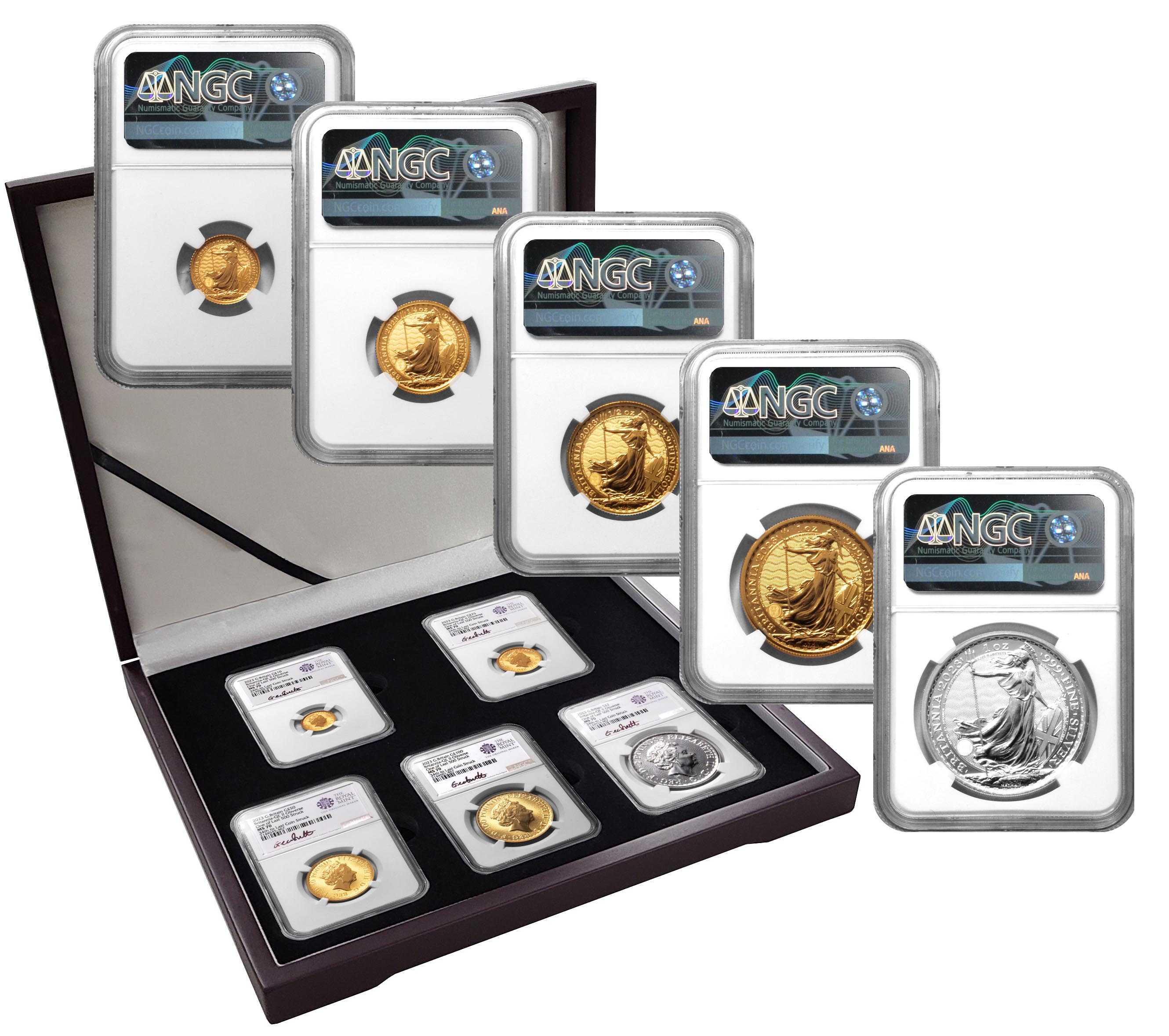1792 Washington Roman Head Cent
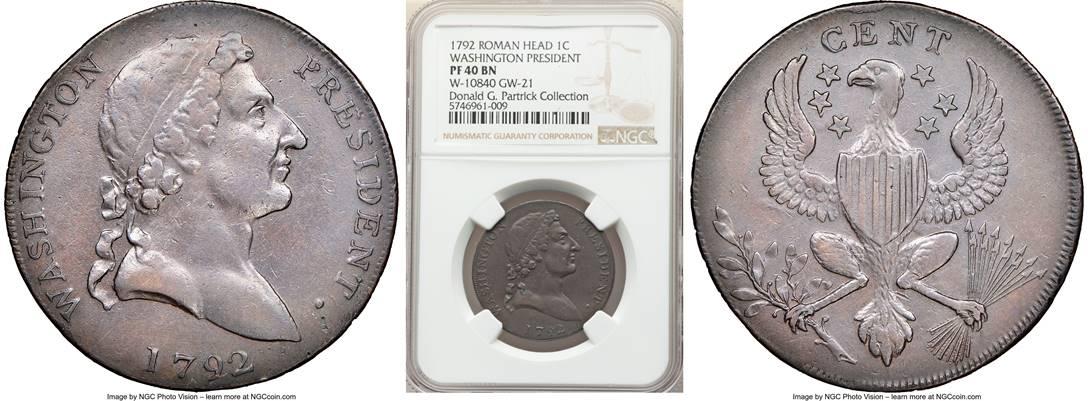
1792 Washington Roman Head Cent
NGC PF40 BN
Only 15 examples are thought to exist in all grades, with 5 of them permanently impounded in major museums. The present example, graded PF40 BN, is easily the most affordable example made available to the market in many years.
It was well known that Washington did not appreciate his likeness on a coin, as he deemed it monarchical. Hancock had made some earlier tokens with Washington’s likeness, but upon hearing of Washington’s disapproval it is theorized by some that he produced these pieces as a satirical response, featuring Washington as an effeminate Roman Emperor. Washington’s spokesman at least once compared the likeness of the President on a coin to be no different from the practices of Nero or Caligula or Cromwell.
I, however, subscribe to the theory that Hancock actually prepared these as a tribute to the President, and I back that up with the fact that Washington actually posed for the great sculptor Giuseppe Ceracchi in 1791 or 1792, who depicted him in the same light. Therefore, I think in the 1790’s it was probable that people were looking upon roman emperors with admiration, and honoring Washington in the same respect. That sculpture is on display today at the Metropolitan Museum of Art.
It is believed that Hancock only produced about 20 pieces in total, only sharing them with a close inner circle. Washington probably did not even know of its existence within his lifetime. It was perhaps 40 years later that its existence even became known to an outer circle, and then it became appreciated as one of the more important depictions of Washington ever created. It has often been dubbed “Hancock’s Revenge” or in more recent times as Hancock’s “Tribute to Washington.”
It’s one of the most gorgeous displays of artistry we have ever seen on a coin. It’s a piece that ought to be a highlight in any of the most extraordinary world-class collections ever built.
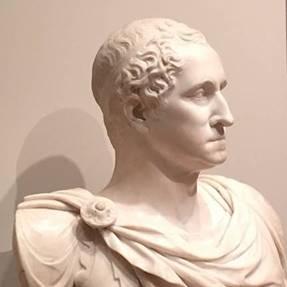
Sculpture by Giuseppe Ceracchi, finished 1795








